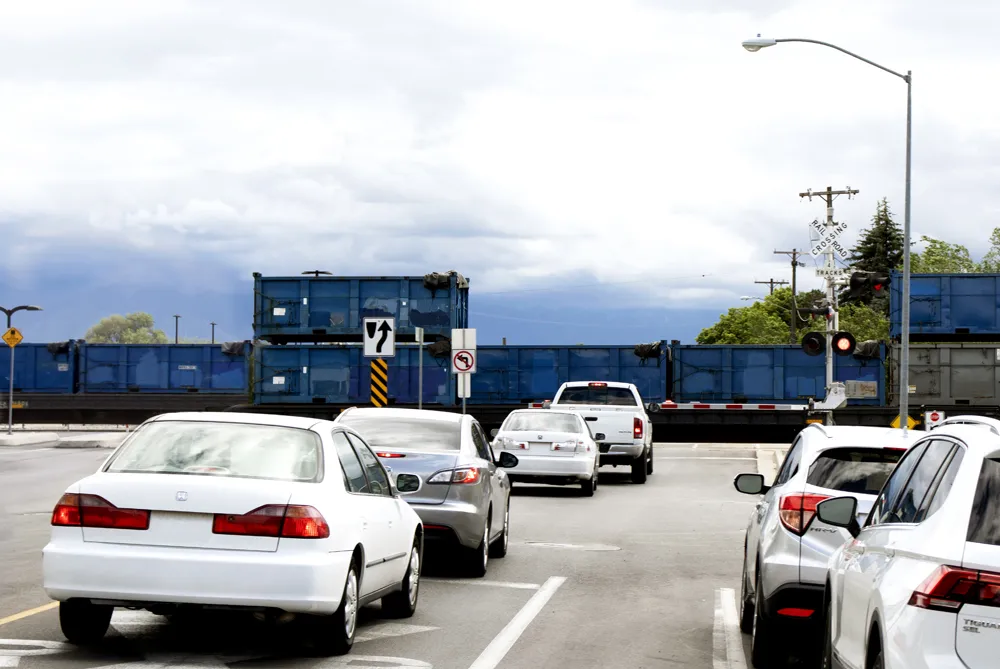The US Federal Railroad Administration (FRA) has awarded eight grants totalling more than US$21.2 million to invest in highway-rail grade crossing safety, positive train control (PTC) implementation and passenger rail.
The eight grants were awarded in states across the country and feature a wide array of projects, including: Grade crossing safety and passenger rail planning grants to California department of Transportation and Illinois Department of Transportation; Transportation Technology Center PTC
April 17, 2015
Read time: 2 mins
The US Federal Railroad Administration (FRA) has awarded eight grants totalling more than US$21.2 million to invest in highway-rail grade crossing safety, positive train control (PTC) implementation and passenger rail.
The eight grants were awarded in states across the country and feature a wide array of projects, including: Grade crossing safety and passenger rail planning grants to923 California department of Transportation and 2030 Illinois Department of Transportation; Transportation Technology Center PTC implementation project Interoperable; 2008 Amtrak, Arinc and 1267 Metropolitan Transportation Authority receive grants for train control messaging security.
“These projects are examples of the positive work we could do if we had predictable, dedicated funding for rail,” said US Transportation Secretary Anthony Foxx. “The Grow America Act is a blueprint for continued economic growth that will help us further strengthen rail’s safety record, close the nation’s infrastructure deficit, and modernise the nation’s freight and passenger rail network.”
“Enhancing grade crossing safety, investing in the deployment of PTC, and funding planning efforts are investments that will make our rail network safer, more reliable, and efficient,” said Acting Federal Railroad Administrator Sarah Feinberg. “Continuous investment in rail infrastructure will enable us to meet the growing demand for rail and to keep people living along rail lines safe.”
The eight grants were awarded in states across the country and feature a wide array of projects, including: Grade crossing safety and passenger rail planning grants to
“These projects are examples of the positive work we could do if we had predictable, dedicated funding for rail,” said US Transportation Secretary Anthony Foxx. “The Grow America Act is a blueprint for continued economic growth that will help us further strengthen rail’s safety record, close the nation’s infrastructure deficit, and modernise the nation’s freight and passenger rail network.”
“Enhancing grade crossing safety, investing in the deployment of PTC, and funding planning efforts are investments that will make our rail network safer, more reliable, and efficient,” said Acting Federal Railroad Administrator Sarah Feinberg. “Continuous investment in rail infrastructure will enable us to meet the growing demand for rail and to keep people living along rail lines safe.”








